Every year, the San Mateo County Historical Association hosts the San Mateo County History Makers Dinner that highlights an individual and/or family of San Mateo County who has made significant contributions to California history and beyond.
San Mateo County
History Makers Recipients

Born in Guangzhou, China, from a restaurant and grocery family, Chef Yan acquired a passion for cooking at an early age as a young apprentice in a popular restaurant in Hong Kong. He honed his skills further at the Overseas Institute of Cookery in Hong Kong and later received a Master of Food Science degree at the University of California, Davis, where he also discovered a flair for teaching as a chef-instructor in the university’s extension program. In 1978, he launched the now classic "Yan Can Cook" television series, and has gone on to host over 3,000 cooking shows around the world.
Now based in San Mateo, Chef Yan is the recipient of numerous national and international awards and honors from notable institutions which include: the James Beard Foundation Awards, the Antonin Careme Medal, the American Culinary Federation and the American Academy of Chefs. Teaching remains close and dear to the heart of Chef Yan. He is a popular guest instructor at many top culinary institutions around the world such as the Culinary Institute of America, Johnson & Wales University, and Le Cordon Bleu Schools. He is also a prolific restauranteur. His most recent project is San Francisco's M.Y. China.
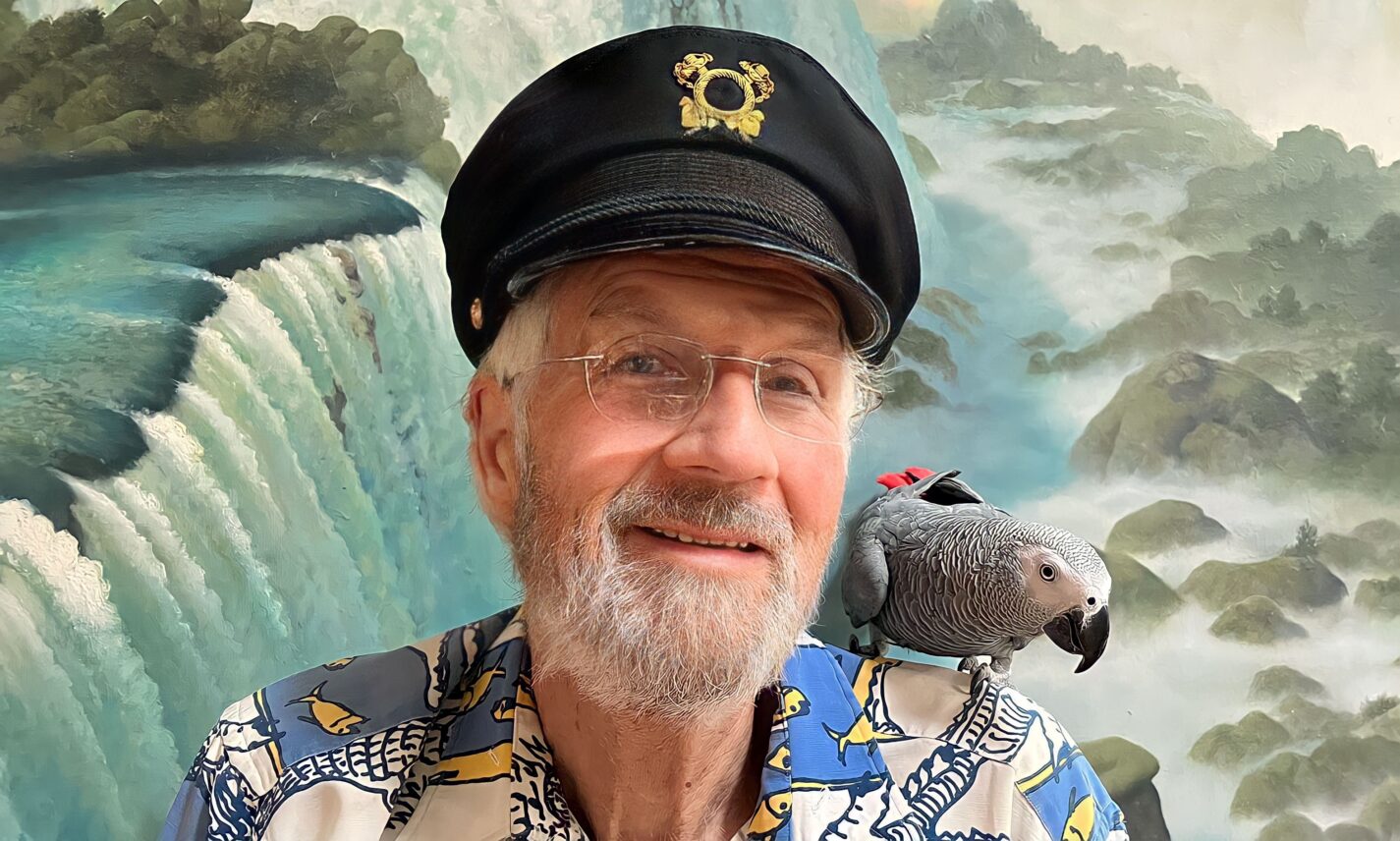

In 1981, secondary coach George Seifert persuaded the team to draft four college defensive backs with the teams's first five picks. Three of these four, Ronnie Lott, Eric Wright, and Carlton Williamson would join Hicks, the only veteran, in the starting backfield, and they became known for their collective devastating defensive style.
That season, the Niners went on to a 13-3 regular season record. In the playoffs, Wright made perhaps the most important defensive play, just after the the Joe Montana to Dwight Clark “Catch" gave the team the lead against the Dallas Cowboys. On the next play, Wright tracked down and tackled wide receiver Drew Pearson on a pass play. According to Hicks: “If Eric Wright misses that tackle, the ‘Catch’ disappears....”
The history of the team is also part of San Mateo County history. Between 1956 and 1988, the 49ers were based at 711 Nevada St. in Redwood City. Called “711,” the facilities were surrounded by single-family homes and sat under redwood trees in Red Morton Park. Over the years, there developed a special relationship between the team and their San Mateo County neighbors. Players lived in the community, their kids enrolled in local schools, they attended local churches, shopped at local businesses and participated in community affairs. However, by 1987 the 49ers had outgrown the “711” accommodations and had to pull in several trailers to handle the increased activities of the modernizing football team. In 1988, the team moved to a significantly larger space in Santa Clara, where they’ve been ever since.
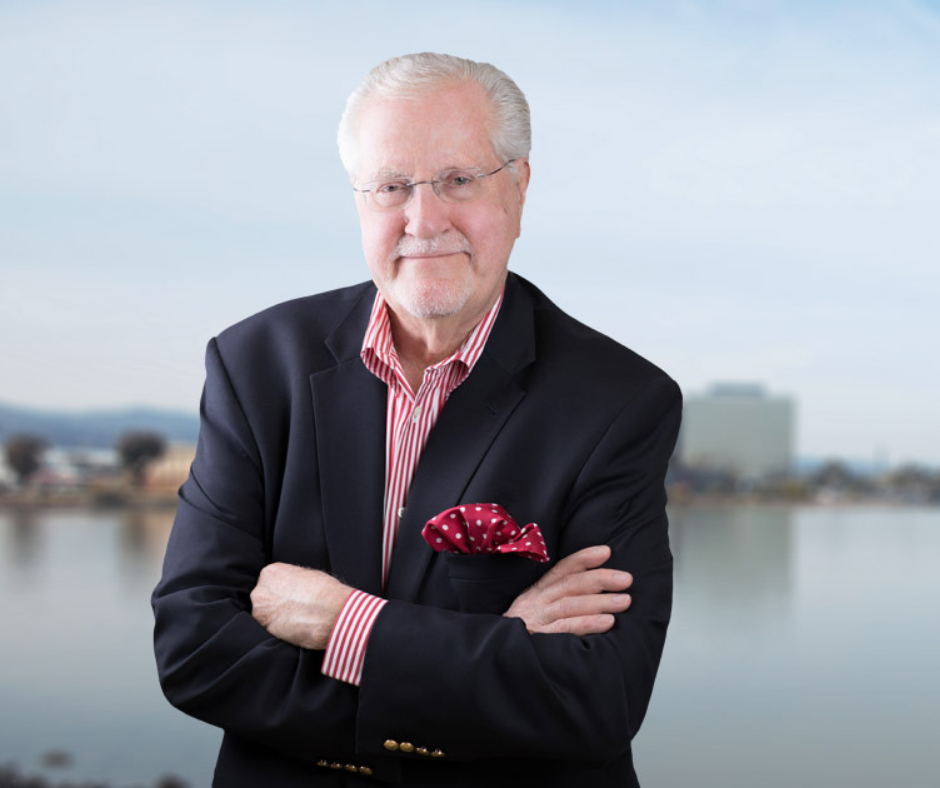
This advocate “for the underdog” has been taking on the largest corporations and financial institutions in our country for over five decades. Among his many far-reaching actions was his work to expose the strategies of people like Bernie Madoff, Charles Keating and other fraudsters as well as working for those without a voice against the powers of Wall Street and Silicon Valley, in addition to protecting our environment from big oil and polluters. His career as a trial lawyer is legendary in our state and country and he has been so honored.
His list of statewide and national recognitions is most impressive. He is one of the few California lawyers in the American Trial Lawyers Hall of Fame as well as an early member of the California’s Trial Lawyers Hall of Fame. He received the Distinguished Service Award from the prestigious Judicial Council of California and many other honors bestowed upon him by consumer, civil rights, labor, environmental organizations, and our State Legislature. He is honored annually by the state legal media as one of the top 10 lawyers in California. His service in the Army earned him the highly regarded award – the Legion of Merit.

In 1996, Lennie authored and co-sponsored the Devil’s Slide Tunnel Initiative (Measure T), that mandated Caltrans to construct a tunnel at Devil’s Slide instead of a freeway bypass. She was instrumental in the successful passage of Measure T, and in March 2013, construction of the new tunnel was completed. The following spring, the old highway along the cliffs of Devil’s Slide was opened as a multi-use non-motorized trail.
As Chair of the Yosemite Natural History Association’s Board of Trustees, she was one of the founders of the Yosemite Fund in 1988; these two organizations united as Yosemite Conservancy which has raised over $100 million to support research, education, and habitat restoration in Yosemite National Park.
In 2016, Lennie was recognized by the Loma Prieta Chapter of the Sierra Club as that year’s “Environmental Hero,” citing her decades of dedicated effort to preserve “hills, open spaces and wild habitats in San Mateo County.” In 2019, she was recognized as Bay Nature Magazine’s “Citizens Hero” for protecting open space in San Mateo County.
Photo by Dana Neitzel
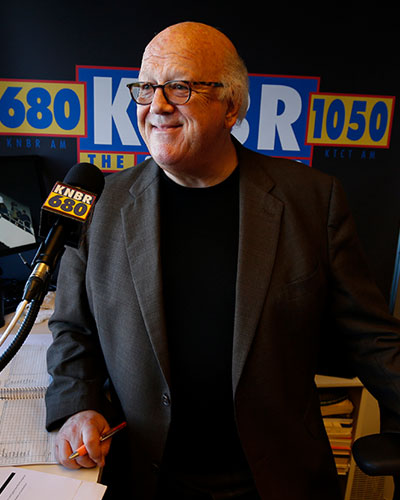
Jon Miller's connection to San Mateo County is two-fold. First, his initial work as a baseball broadcaster was for the College of San Mateo back in 1969. Second, he and his wife Janine today live on the San Mateo County Coastside.
Jon's broadcast career has been amazing. He grew up in Hayward and got baseball under his skin at the age of 10, when he saw the Giants beat the Dodgers 19 to 8 at old Candlestick Park. He quips he wanted to become a broadcaster after seeing an announcer having free food and drink in the press box! Miller credits the statistical game Strat-O-Matic with advancing his speaking skills as he would pretend to be Vin Scully or other legendary announcers while playing the game.
After high school, he chose to attend the College of San Mateo because it had developed a widely-respected radio and television curriculum. He began calling school games over the College’s radio station (KCSM-FM). This included his first baseball broadcasts. After CSM he went to work as the sports director at KFTY-TV in Santa Rosa, and his career was launched.
Beginning in 1986, he became known nationally for announcing television games for NBC. Perhaps he is most well-known for a 20 year span in which he called games for ESPN with Hall of Fame second baseman Joe Morgan. During this time he covered 13 World Series. At the end of the 1996 season, he was hired by the Giants as their top play-by-play broadcaster.
Through the years, Miller has earned a variety of recognitions. None could be more meaningful than when the National Baseball Hall of Fame honored him with the Ford C. Frick award in 2010. This distinction is presented annually to a broadcaster for “major contributions to baseball.”
For local sports fans, Miller is best remembered for calling Barry Bonds’ record-breaking 756th home run in 2007, and for his play-by-play during the Giants' run of three World Series championships in five years.
Photo by Jim Kirkland
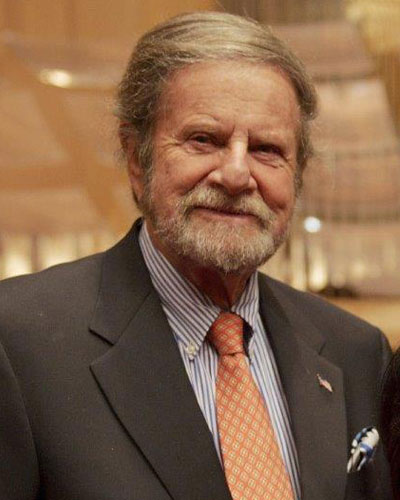
Taube served as Trustee of the University of Notre Dame de Namur, the University of San Francisco, and as Governor of the Hebrew University in Jerusalem. At Stanford University, in 1986 he was Founder and since then Chairman of the Advisory Board for the Taube Center for Jewish Studies, and Founder and Chairman of the Advisory Board of the Stanford Institute of Economic and Policy Research. In 2007, Taube was named Founder and Distinguished Benefactor of the POLIN Museum, Warsaw, Poland. In 2014, the Hoover Institution awarded Taube the Uncommon Commitment Award, and Stanford President John L. Hennessy awarded him the Remarkable Generosity Acknowledgment. In 2014, Taube was inducted into the Stanford Real Estate Hall of Fame. He was Director and Chairman of Stanford’s Athletic Board. His involvement in Stanford athletics includes his family’s gift to Stanford’s Taube Family Tennis Stadium, Stanford’s Football Stadium and his endowment for the Taube Director of Men’s Tennis.
In 2007, Taube received the Corporate Citizenship Award from the Woodrow Wilson International Center for Scholars. In 2007 and 2013, Tad was recognized by The Forward newspaper as being among the fifty most influential Jews in the US. In 2004, the President of the Republic of Poland awarded Tad Poland’s highest civilian medal: the Commander’s Cross and in 2015 the Presidential Medal of Freedom. In 2007, he was named Honorary Consul of the Republic of Poland.
Tad received his BS and MS degrees from Stanford University and served as an officer in the United States Air Force. He is married to Dianne Panos Taube.
Photo by Jim Kirkland

The San Mateo County-Wisnom Family story begins with Robert Wisnom who arrived on the Peninsula in 1873. An Irish immigrant who knew how to build things, he was attracted by the opportunity to work on the beautiful Parrott Estate, “Baywood,” just west of the small village of San Mateo. He liked what he saw here, went back to Ireland, got himself a wife (Sarah Donnan) and made the mid-Peninsula his home and eventually the home of generations of Wisnoms that followed.
Robert built many commercial buildings and residential homes in San Mateo, some constructed so well they stand as historic sites today. He became involved in a variety of other businesses, including helping to establish the mid-Peninsula’s first bank, the Bank of San Mateo. He supported a variety of community and charitable causes. He was on the first San Mateo City Council. He watched as his San Mateo grew tenfold, with much of the progress made because of his hard work.
Later his five sons and two daughters also became important builders and leaders of the mid-Peninsula. John operated an important lumber company. Robert J. and William created the enduring Wisnom’s Hardware store. Samuel became a designer, contractor and builder of commercial buildings and some of the loveliest homes of San Mateo Park, Burlingame and Hillsborough. David was the banker of the family. He was major owner and manager of the National Bank of San Mateo. His son David Jr., later managed the bank which eventually merged with Crocker Bank. Daughters Jane and Anne were important to the development of the family’s holdings through the Wisnom Company and participated as leaders in the society life of old San Mateo County. Long after the second generation passed, subsequent Wisnom family members continued to shepherd economic growth with holdings that eventually stretched out to many other parts of California.
However, the great focus of the family has always been local. No wonder why, in 1946, Frank Stanger, the founder of the San Mateo County History Museum, wrote: “Can anyone imagine San Mateo [County] without the Wisnom Family?”
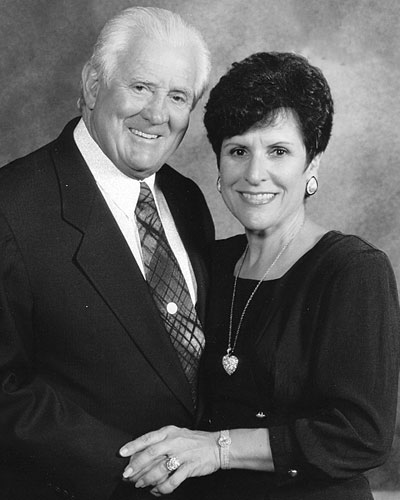
Pete and Paula Uccelli were married in 1986 in front of 600 enthusiastic guests. Over the years, the two proved to be a very special team as they operated their 280-slip marina, created a 7,000-square-foot restaurant and overcame the many obstacles associated with running Pete’s Harbor.
The greatest threat came from the State of California. By the middle of the 1960s, the State Lands Commission had “discovered” Pete’s Harbor. They claimed that although in the 1850s the land was classified as “swamp and overflow,” it ought to have been declared “tide and submerged.” Throughout the 1970s, as the drama unfolded, a grass roots campaign emerged from Peninsula people to “Save Pete’s Harbor.” Finally, in 1983, Governor George Deukmejian signed legislation giving Pete rights to most of the property.
The “Save Pete’s Harbor” movement was indicative of Pete and Paula’s popularity. The couple volunteered for a myriad of community and charitable functions. Pete and Paula believed the young people of the community were the keys to the future, and so they formed the Uccelli Foundation to award scholarships to kids in San Mateo County’s 4-H and Future Farmers of America organizations. Moreover, they got the idea to create the Sequoia Awards, and, with other local leaders, decided to recognize volunteerism, community minded businesses, outstanding citizens and outstanding high school seniors. Over the last 20 years, the Sequoia Awards have granted over $1.5 million in scholarships to local students. The Uccellis’ reason for their meaningful commitment was and is “the future of tomorrow is the young people of today.”
On September 22, 2005, Pete passed away. Pete’s eulogies stressed his jovial nature, visionary qualities, confidence and especially his incomparable generosity to causes and to people too. In 2012, Paula and the Uccelli Family made the decision to finally sell Pete’s Harbor to make room for a residential complex.
Paula still remains active in the Redwood City community. She has chosen to support the Historical Association because of its work in preserving the past, especially immigration history on the Peninsula, and providing hands-on learning experiences for school children.
Photo by Jim Kirkland
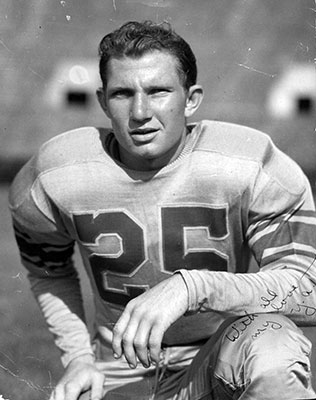
Y.A. Tittle is a legendary figure in NFL history. He played (1948-1964) during what sports historians have referred to as the “Golden Era” of professional football, which included ten years with the San Francisco 49ers. He established a home with his family in Atherton and launched an important insurance business here on the Peninsula, working it while also playing ball.
In part, because of his four Most Valuable Player awards and being included in seven Pro Bowls, Tittle was inducted into the NFL Hall of Fame in 1971. His participation in the famous “Million Dollar Backfield” of 1954, his development of the “ally-oop” pass in 1957, and the iconic photo of him sitting after being stunned as a result of a play in Pittsburgh in 1964, all give him legendary status in American sports history.
Photo by Nanci Williams
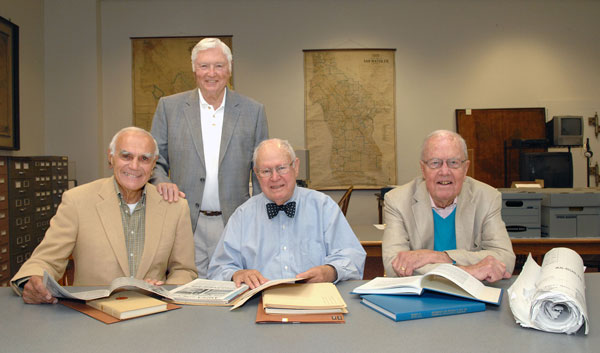
Reid W. Dennis founded Institutional Venture Associates in 1974 and then Institutional Venture Partners in 1980. Dennis has actually been involved in venture capital since 1952, as an individual, who helped finance Acurex, American Microsystems, Ampex, California Microwave, Coherent Radiation, Measurex and Ultek. In philanthropic life he has been an important supporter of Stanford University and served on the Board of the San Francisco Opera Association for 42 years, including 14 years as Chairman.
William H. Draper III is also one of America’s original venture capitalists, having begun his career in 1959 with Draper, Gaither & Anderson, the first venture capital company in the West. In 1965, he founded Sutter Hill Ventures, which has organized and financed several hundred high tech companies. His public service has included being Chairman and President of the Export-Import Bank of the United States under President Ronald Reagan and then serving as Under-Secretary General of the United Nations, where he oversaw nearly 10,000 international aid projects as the CEO of the United Nations Development Program. In 2011, Draper authored the book, The Startup Game: Inside the Partnership between Venture Capitalists and Entrepreneurs. Currently, Draper serves as the Co-Chair and Founder of Draper Richards Kaplan Foundation, a venture philanthropy fund focused on early-stage high-impact nonprofit organizations promoting social change around the world.
Franklin Pitcher Johnson became a venture capitalist in 1962 as co-founder of Draper & Johnson Investment Company with Bill Draper. He went on to found Asset Management Company in 1965, which made over 250 venture investments in some 43 years. Johnson was active on the Stanford University Faculty for 12 years, where he developed and taught a course in venture capital at their Business School. He has also served as an advisor to several eastern European countries beginning in 1990, and he co-founded several venture firms there. His family roots go back to early California History. A relative, John Pitcher, came to the state in 1850. For 42 years Pitcher presided as judge of the San Mateo County coastside. Many objects that belonged to the Pitcher family are now in the collections of the San Mateo County Historical Association.
Photo by Scott Buschman

The foundation has assisted schools, homeless programs, little league teams, college baseball teams, scholarship programs, diabetes disease research, children’s hospitals, churches, violence prevention programs, police and fire departments and boys and girls clubs across the nation. Moreover, he volunteers his time liberally to the San Mateo County Sheriff’s Department, visiting and inspiring prisoners within the jail.
Willie Mays was born in Westfield, Alabama, May 6, 1931. His father worked in a steel mill and played semi-pro baseball. His mother had been a high school track and basketball star. Almost from the time he could walk, his family encouraged his athletic abilities. He attended games with his father, sitting in the dugout and serving as batboy for the steel mill team. By the time he was 14, he was playing semi-pro baseball. He quickly established himself in the game and was recruited to play with the Birmingham Black Barons in the Negro League. He completed high school while playing professional baseball on weekends and the summer months. In May 1951, when he was 20 years old, he became the starting center fielder for the New York Giants and was later named “Rookie of the Year.” Mays’ major league career was interrupted in 1952 when he was drafted into the U.S. Army. His return to baseball in 1954 was extraordinary. He led the league with a batting average of .345, hit 41 home runs, won the Most Valuable Player Award, and led the team to the World Series. In 1958 the New York Giants moved to San Francisco where Willie continued to astound fans as he flourished at Candlestick Park. In San Francisco, he played in his third World Series and was named captain of the team. After a successful and exciting career in San Francisco, where he played from 1958 to 1972, Willie Mays returned to New York to join the Mets. He retired in 1973.
Willie Mays is considered to be one of the greatest baseball players ever. During his 22 season career, “The Say Hey Kid” set a new standard for all-around excellence and versatility. He was named Most Valuable Player twice, 11 years apart. He holds the all-time record for putouts by an outfielder with a career total of 7,095. He had 3,283 hits, 12 Gold Gloves and appeared in 24 All-Star games. His career batting average was .302. For eight consecutive years, he drove in more than 100 runs a season. He was inducted into the Hall of Fame in 1979; the first year of eligibility.
Photo by Scott Buschman
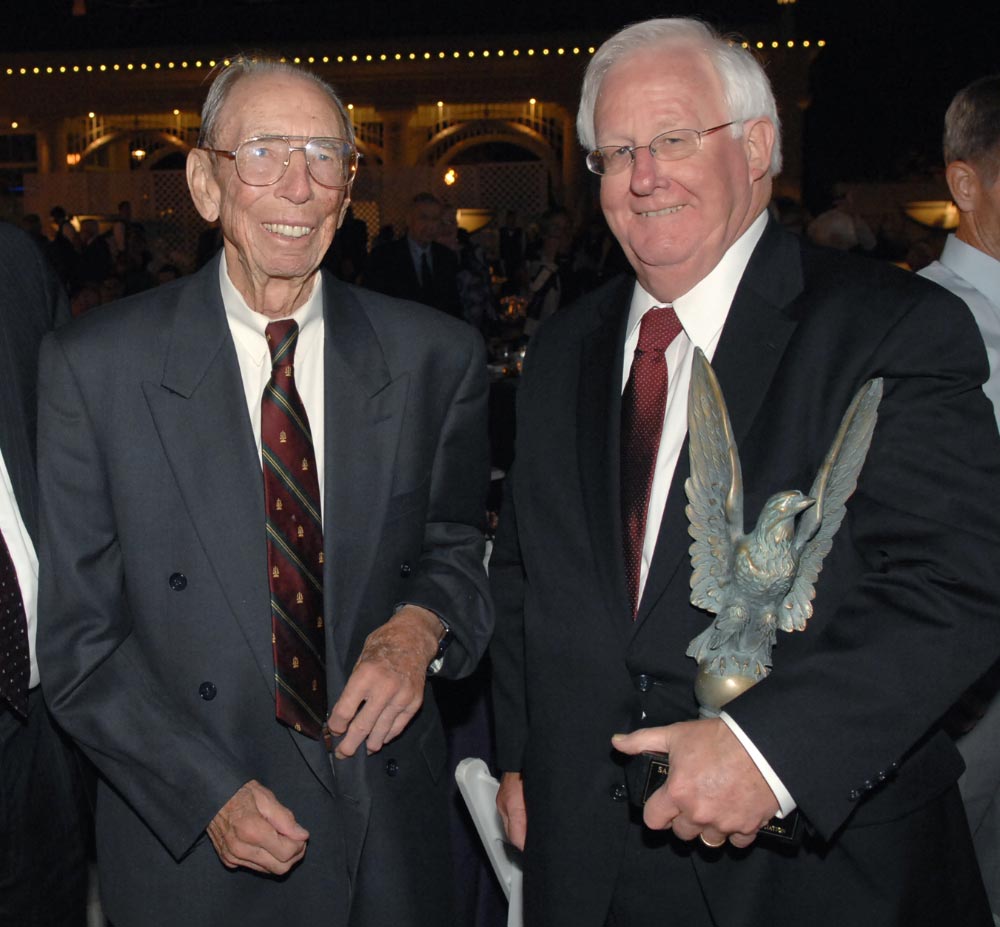
Youngest of four children, Keith C. Sorenson was born on September 4, 1921, in Elsinore, Utah. Raised on a farm, Keith had to get up at 4:00 a.m. each morning to milk the cows and collect eggs. According to Keith, “there’s nothing better than living on a farm. If you ever really work on a farm, anything else you ever do seems easy.” After High School, he was awarded a scholarship to the University of Utah (where he received both his undergraduate and law degrees). While attending college, Keith met his wife, Maxine Swinson. With wages being low in Utah, Keith moved his wife and young daughter to Redwood City for better opportunity.
After passing the California Bar exam, Keith struggled to find work. Eventually his persistence paid off, and he was offered a job at a prestigious law firm in San Mateo. During his time at Kirkbride , Wilson, Harzfield, Wallace, Keith became a specialist in municipal law and made a positive impression on the County Board of Supervisors. In 1949, the Board recommended Keith for a position in the San Mateo County DA’s office. As Chief Deputy, Keith played a major role in hiring and supervising a young Stanford graduate, Sandra Day O’Connor. She later became the first woman ever appointed as a Justice of the United States Supreme Court. In 1953, when Keith’s predecessor, Louis Dematteis, was named Superior Court Judge, Keith was appointed to be the new District Attorney.
As the new DA, Keith promised to do his best to emulate Dematteis’ commitment to ridding San Mateo County of gambling, prostitution and illegal-bookmaking. Keith maintained this promise until his retirement in 1983, when Jim Fox took over and continued the legacy.
James P. Fox was raised in Half Moon Bay. At the age of 8, he was inspired to pursue a career in law. In preparation for his future vocation, Jim attended Serra High School in San Mateo. After graduation, Jim went on to the University of San Francisco, where he received both his undergraduate and law degrees. Much like Keith Sorenson, Jim was no stranger to hard work; he paid his way through the University of San Francisco working a number of odd jobs. In 1970, after graduating from law school and passing the bar, Jim began his career in the San Mateo County District Attorney’s office, under Keith Sorenson. Fours years later, Jim left the DA’s office to pursue private practice. During that time, Jim also served as the City Attorney of Half Moon Bay and was a member of the Private Defender Panel for the San Mateo County Bar Association.
On January 3, 1983, Jim returned to the San Mateo County DA’s office as the District Attorney. During his 28 years serving as DA, the office prosecuted several high-profile cases, including the infamous repressed memories of the Susan Nason murder, the Billionaire Boys Club, and the theft of an iPhone 4 prototype. In addition to his time spent as District Attorney, Jim has been active in both the California District Attorneys’ Association and the National District Attorneys’ Association (serving as President and Vice President, respectively).
Photo by Scott Buschman
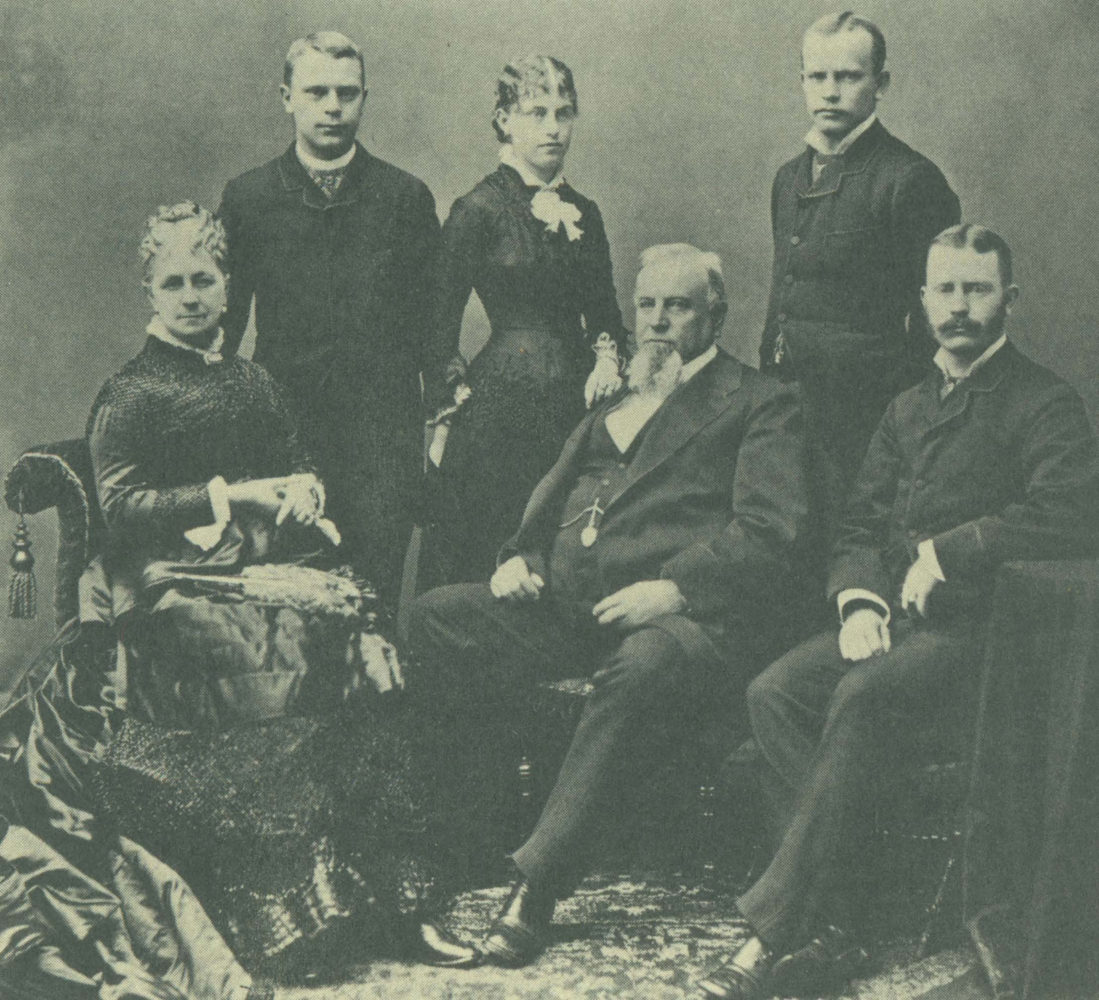
His position with the company was that of construction supervisor. Under his leadership, the Central Pacific built its part of the railroad seven years ahead of schedule. He later helped lay the Southern Pacific’s transcontinental line across the Southwest. In another important effort, Charles Crocker acquired Woolworth National Bank, which would take on many names, finally becoming Crocker Bank.
William H. Crocker, youngest son of Charles Crocker, married Ethel Sperry and had four children, Ethel Mary Crocker, William Willard Crocker, Helen Victoria Crocker, and Charles Crocker. William H. Crocker became president of Crocker Bank in 1893. The bank was headquartered in San Francisco. After the 1906 earthquake, William H. Crocker and his bank were major forces in financing reconstruction. Along with his generous efforts to restore San Francisco, he and his wife Ethel, donated a Nob Hill block to rebuild Grace Cathedral Church. William H. Crocker served on the Burlingame Country Club’s first Board of Directors as treasurer (his New Place mansion is now home to the club), and on the original town council of Hillsborough. In 1896, William H. Crocker commissioned the Sky Farm mansion to be built as a wedding gift for his sister-in-law and her husband. The mansion was later occupied by his son, William Willard Crocker and his family. Today, the Hillsborough mansion serves as home to The Nueva School, a nationally recognized independent school serving gifted children.
Charles Frederick Crocker, eldest son of Charles Crocker, became Vice President of the Southern Pacific Railroad. He married Jennie Easton and had three children, Mary Crocker, Charles Templeton Crocker, and Jennie Crocker. Charles Templeton Crocker was influenced by his family’s philanthropic efforts. During a time of struggle, Charles Templeton Crocker supported the California Historical Society until it collected enough dues to hire its first staff member. He was a Hillsborough town council member who built Uplands II, an Italian-style mansion designed by Willis Polk. Jennie Crocker, sister to Charles Templeton Crocker, was a socialite and considered to be a “free spirit”. According to local newspapers, she was infamous for her adventures in her 1909 Pierce Arrow. The automobile, still in pristine shape, was on display during the History Makers Dinner. Jennie Crocker assisted Crystal Springs Uplands School in obtaining Uplands, her brother’s former mansion. Today, Crystal Springs Uplands School is recognized as one of the top college preparatory schools in the United States.

In 1937, the Roth Family purchased the Filoli Estate in Woodside. The 36,000-square-foot estate included a forty-three room home and sixteen acres of Italian Renaissance-styled gardens that were originally designed in 1917, by the original owners. Mrs. Roth’s interest in horticulture inspired her to enhance the gardens by adding new plants and structures. Her work and detail to the gardens attracted the attention of many distinguished groups including botanical and horticultural societies and garden clubs. Filoli Gardens became known worldwide. Mr. Roth died in 1963. Mrs. Roth remained at Filoli until 1973. She donated Filoli’s 125 acres, along with the house and gardens to the National Trust for Historic Preservation in 1975.
In addition to the contribution of Filoli, Mrs. Roth and her son William played an important role in the restoration of Ghirardelli Square in San Francisco. In 1962, they purchased Ghirardelli Square in fear that it would be torn down and replaced with condominiums. They hired a landscape architectural firm to convert the factory with its historic brick structure into a retail complex. It was considered to be the first major adaptive re-use project in the United States. Ghirardelli Square was later listed on the National Register of Historical Places to preserve for future generations.
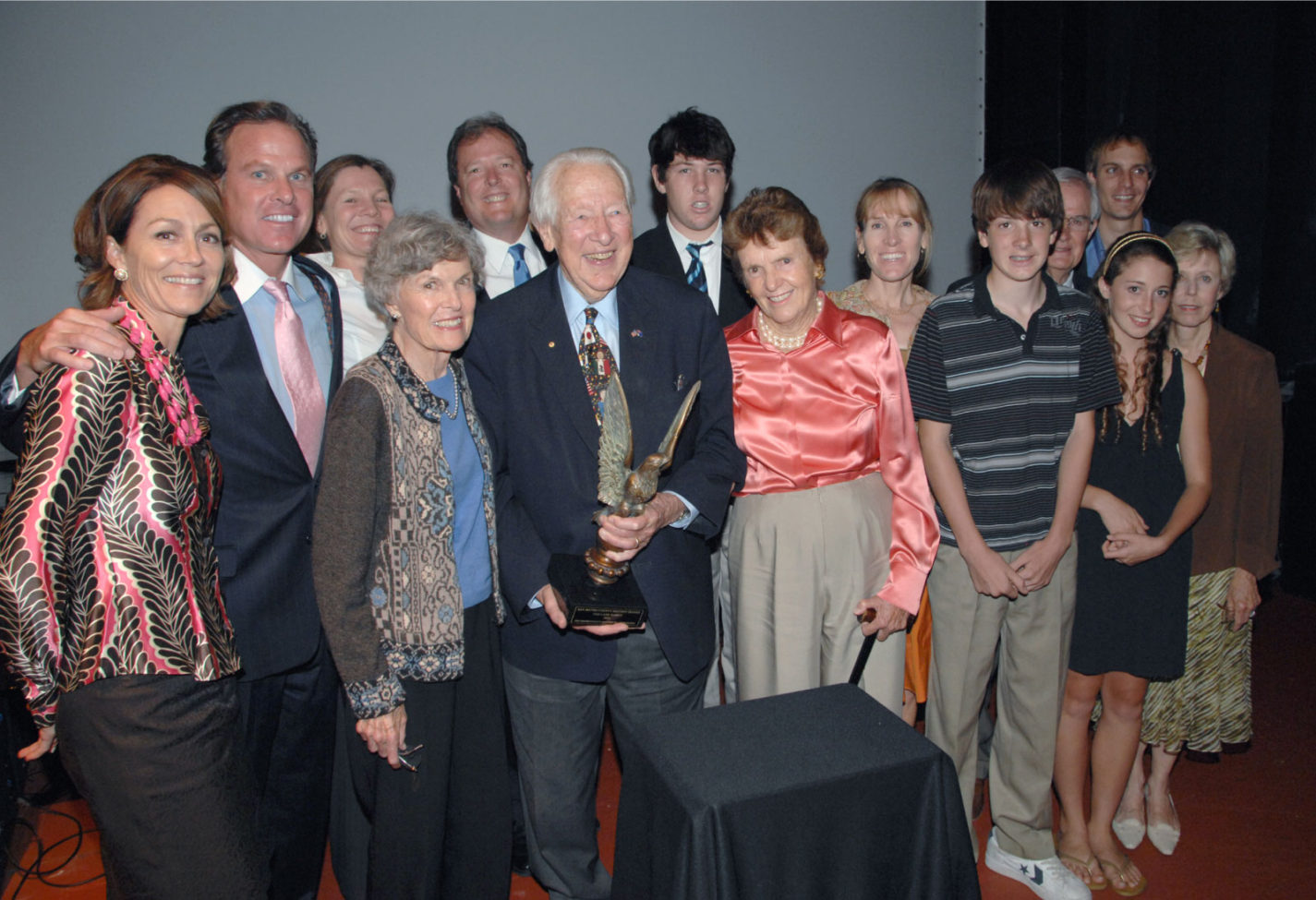
In 1951, when the Lane Family made the move from San Francisco to properties once belonging to Timothy Hopkins, the company had a long record of helping Western America to define and enjoy a new suburban lifestyle called “Western Living.” In architecture, home improvement, food and entertainment, travel and gardening, Americans, and especially westerners and especially Californians, derived from Sunset’s pages, inspiration and solutions for bettering their lives.
In 1928, Laurence W. Lane purchased the ailing Sunset magazine for $60,000. The publication had originated as a very respected promotional magazine for the Southern Pacific Railroad and was later sold to several employees whom Lane bought it from. Lane was born in Horton, Kansas in 1890. In 1913, he went to work for the Meredith Publishing Company. After serving in WWI, Lane helped develop Better Homes and Gardens in Des Moines, Iowa. With wife, Ruth Bell Lane, and two boys, Bill and Mel, the family left Iowa in 1928 to start a new adventure in California. While the company’s offices were in San Francisco, the family lived in Burlingame.
Immediately Larry and Ruth Lane changed the magazine into a home and garden publication as well as food and travel, with emphasis on the special nature of the West. Through depression and war, the magazine managed to survive. After Bill and Mel came back from serving in the Navy during World War II, plans were made to move the firm to Menlo Park. California’s booming post-war era witnessed growth in suburban development, thought unbelievable before. Guiding the new pioneers of the suburban communities was Sunset magazine and the books and films divisions of the Lane Publishing Co.
Several years after the new Cliff May designed headquarters was complete, it became time for Laurence to hand the company over to his sons, who then led it through its greatest dynamic and profitable periods. In 1990, the Bill and Mel Lane families sold the company to Time Warner, but they continued to be involved in serving their country, state and local community in a variety of important volunteer and philanthropic ways.
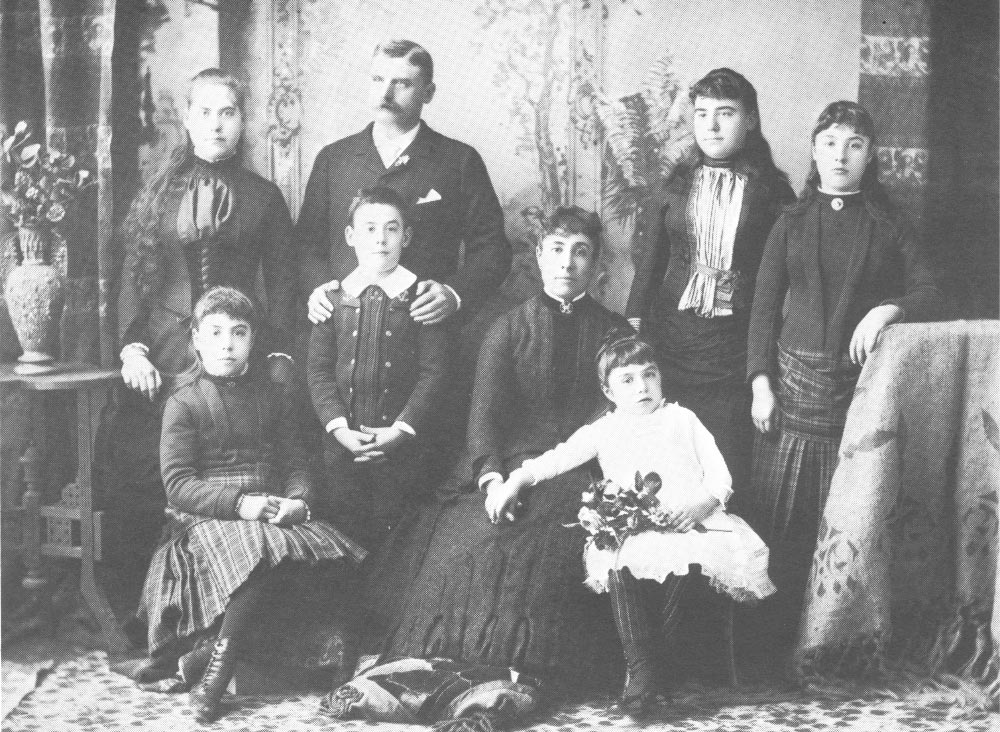
His interests ranged from borax mines in Death Valley to the Spring Valley Water Company, which developed the original water supply for San Francisco and the Peninsula. Antoine purchased 100 acres south of the sleepy village of San Mateo for 22,500 gold dollars in 1874 in order to create a country estate (only 10 years after the railroad came through).
After Antoine’s passing, the family remained influential leaders in the community. Today the family is known for their establishment of important local business institutions such as Borel Place Associates, The Borel Estate Company and Borel Private Bank & Trust Company. Aylett R. Cotton, who married into the family, became a legendary Superior Court Judge in San Mateo County. His son Aylett B. Cotton, and his first cousin Eric Bovet, started Borel Place Associates. Miller and Chonita Bovet Ream, together with then partners William Wilson, III and Rea Smith and members of the Bovet family, formed The Borel Estate Company. Miller Ream, along with Harold A. Fick and Ronald G. Fick, founded Borel Bank & Trust Company. The family’s long list of philanthropic interests cover every aspect of Peninsula life, including tremendous and abiding support for the San Mateo County Historical Association.
Photo courtesy Ron Fick
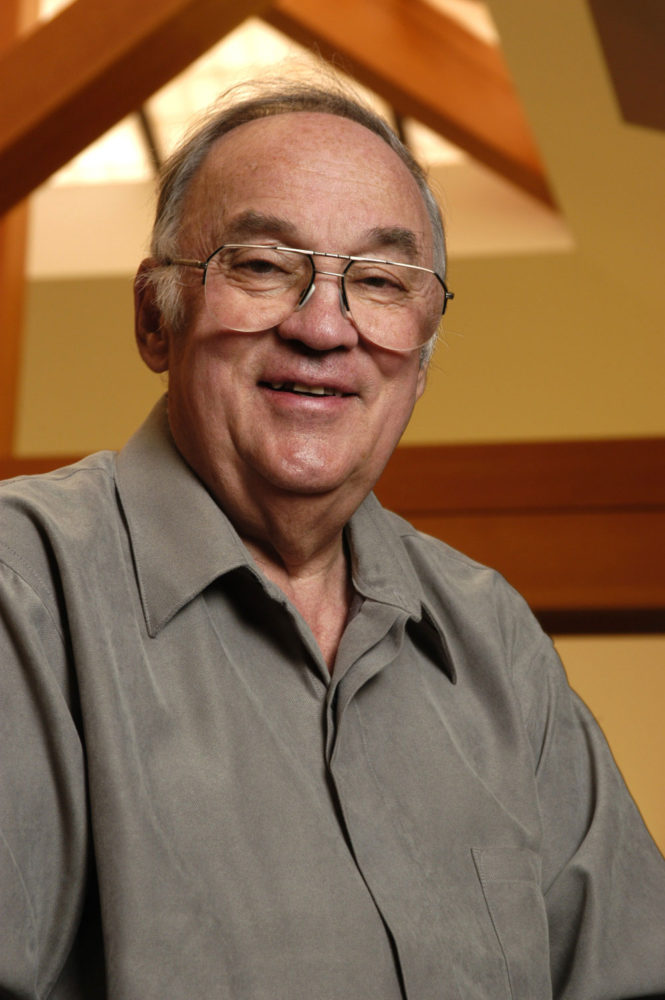
During the past 40 years, Fogarty has acquired over 100 surgical patents, including the “industry standard” Fogarty balloon embolectomy catheter and the widely used Aneurx Stent Graft that replaces open-heart abdominal aortic aneurysm (AAA) surgery. Dr. Fogarty is the recipient of the Jacobson Innovation Award of the American College of Surgeons, the 2000 Lemelson-MIT prize for Innovation and was inducted into the Inventors Hall of Fame in December 2001.
Dr. Fogarty was born in Cincinnati, Ohio and received his undergraduate education at Xavier University and his medical degree from the University of Cincinnati. He completed his residency at the University of Oregon and later served as Medical Staff President at Stanford Medical Center from 1973-1975. After thirteen years directing the Cardiovascular Surgery Program at Sequoia Hospital, Redwood City, California, he returned to academic life at Stanford University School of Medicine in July 1993, as Professor of Surgery. Dr. Fogarty resigned from Stanford in 2001 and now spends a majority of his time creating new medical devices with Fogarty Engineering.
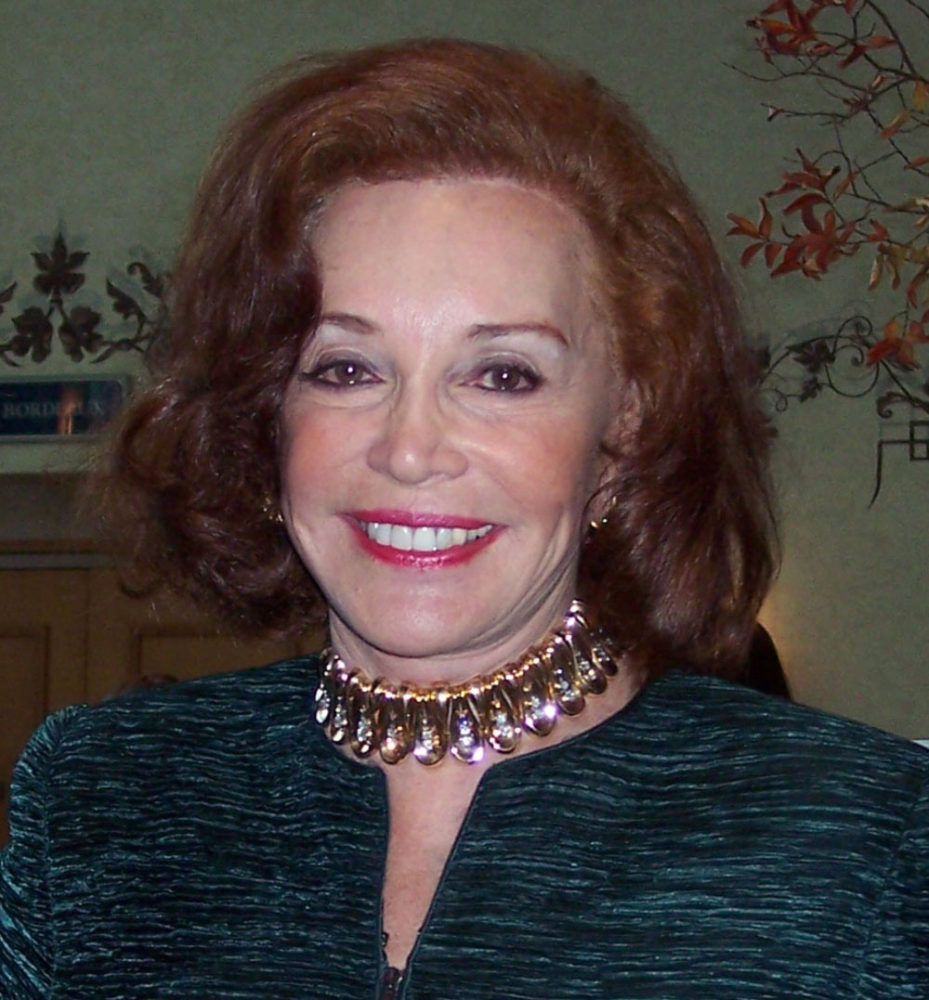
Over time the estate went into decline as various owners took possession and the original 554 acres were subdivided. The Countess Lillian Remillard Dandini resided there and attempted to maintain it, ultimately bequeathing it to the Town of Hillsborough for a cultural center. Hillsborough declined to accept so the property returned to private ownership as others sought solutions to its use and the burden of maintenance.
Ann Johnson had an interest in historic houses, having grown up in one that her grandfather had restored in New Jersey. She, with many of her fellow citizens, observed with dismay the continued deterioration of the long vacant chateau. The National Trust for Historic Preservation and other important preservation institutions were greatly concerned about the fate of the house. The outlook was bleak. Finally, Ann decided to do something about it. With the aid and support of her husband, she acquired the property and embarked on the truly remarkable effort of restoring it to its original grandeur, an effort taking over four years.
Ann Johnson moved to Hillsborough, California in 1973, with her husband, Charles B. Johnson, who came for the purpose of establishing and building Franklin Resources, Inc., into the giant mutual fund company that it has become. While supporting her husband in his successful effort, she had seven children, who have in turn added 17 grandchildren to their lives. While her children were still young, Ann applied to and was admitted to Stanford University School of Medicine, where she successfully secured her MD degree with a specialty in Psychiatry. Then, while balancing her other responsibilities, she established a practice in San Mateo in psychiatry/pyschopharmacology.
Ann retired from the board of directors of Martek Biosciences Corp. which innovates in developing nutrients for the neurological and mental development of infants and children. The company tracks people who have received their products with a database called The Johnson Index, named in honor of Ann who suggested it. Her community interests include the California Academy of Sciences and the San Francisco Opera, where she serves on the boards of directors.
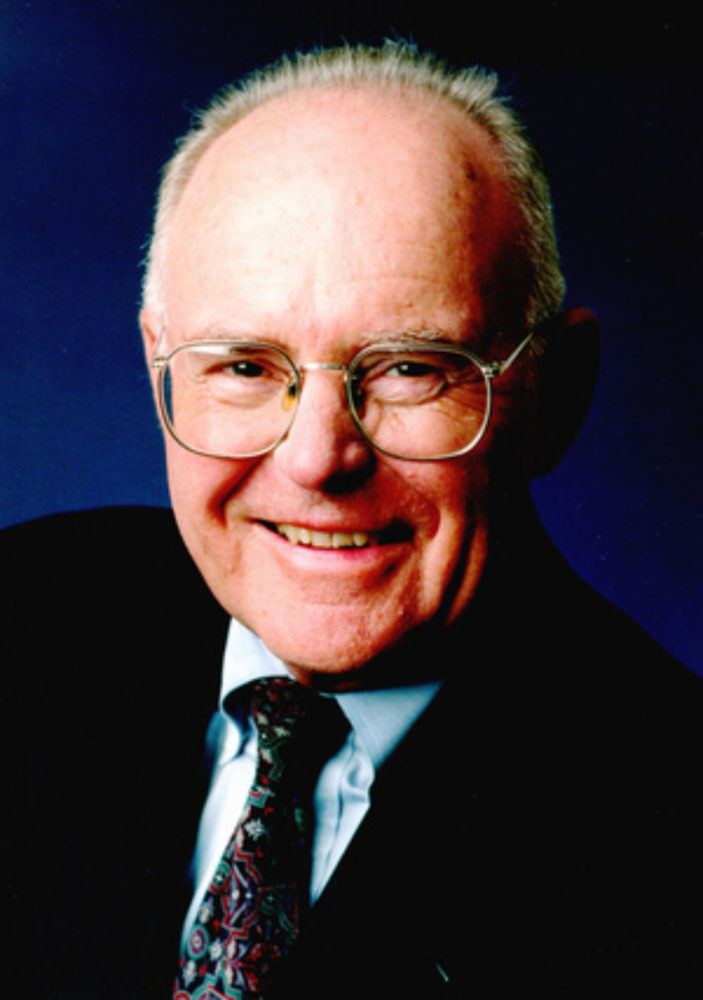
In 1968 Moore co-founded Intel, serving initially as Executive Vice President. He became President and Chief Executive Officer in 1975 and held that post until elected Chairman and Chief Executive Officer in 1979. In 1987 he relinquished the CEO title and was named Chairman Emeritus in 1997.
He is most widely known for his 1965 prediction that the number of transistors the semi-conductor industry would be able to place on a computer chip would double every 18 months. What was intended as a rule of thumb quickly became known as “Moore’s Law” and a guiding principle for the delivery of ever more powerful chips at proportionately lower costs. He updated Moore’s Law in 1975 from a doubling of chip capacity every 18 months to once every two years.
Moore is less well known for his philanthropic work even though he has been contributing to science, technology, education, and conservation projects for decades. He is currently the Chairman of the Executive Committee for Conservation International and a Director of Gilead Sciences, Inc. He is also a member of the National Academy of Engineering and a Fellow of the Institute of Electrical and Electronics Engineers. He served as Chairman of the Board of Trustees of the California Institute of Technology from 1995 until the beginning of of 2001 and continues as a Senior Trustee. He received the National Medal of Technology in 1990.
Gordon and Betty Moore are the co-founders of the Gordon and Betty Moore Foundation, which seeks to develop outcome-based projects that will improve the quality of life for future generations.
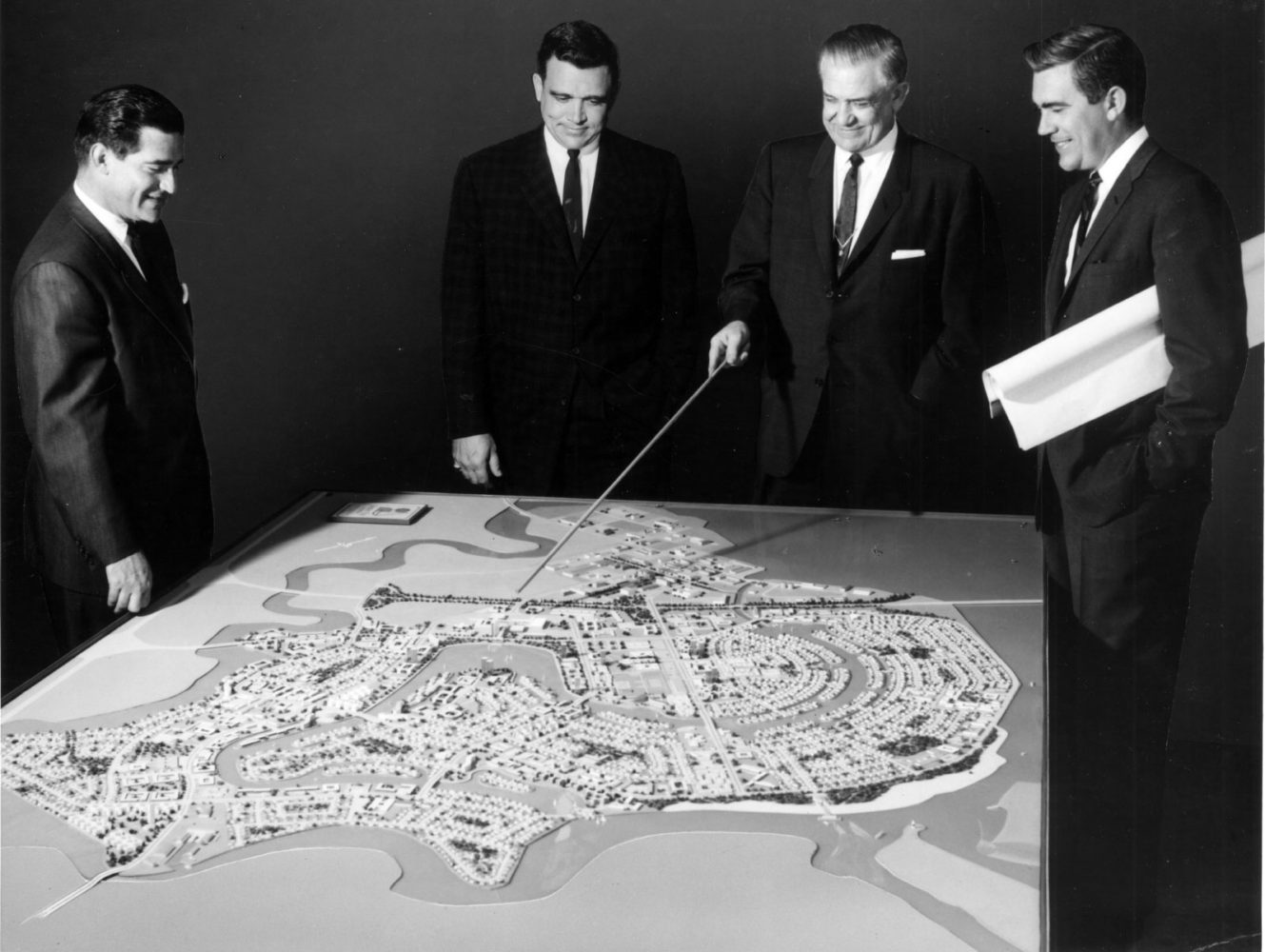
Today the result is an attractive development, which is a home and workplace for tens of thousands of County residents. Over the years the Fosters have participated in many community causes. It is the Historical Association’s privilege to pay homage to their activities as builders and sustainers of our County.
Photo by Skelton Photography

